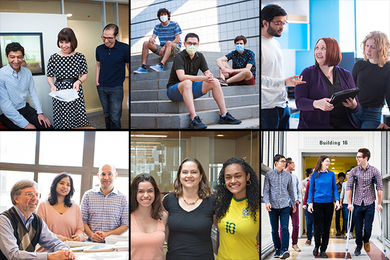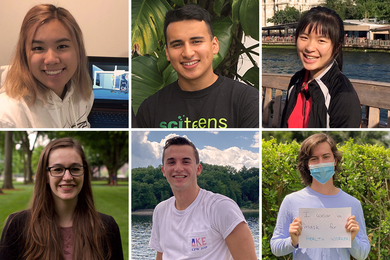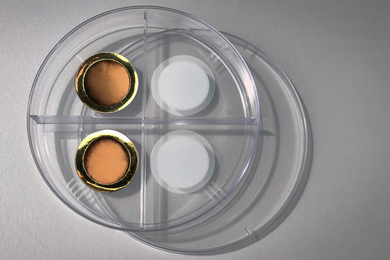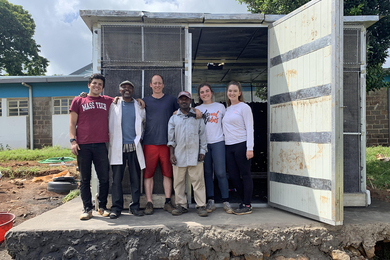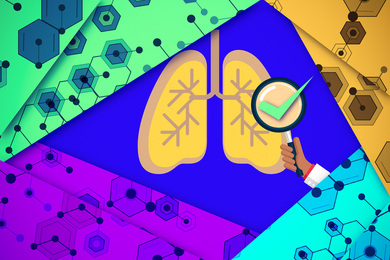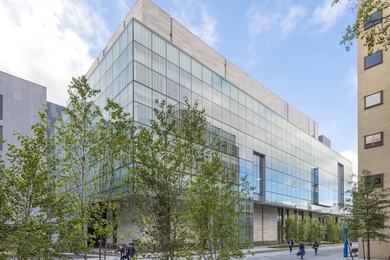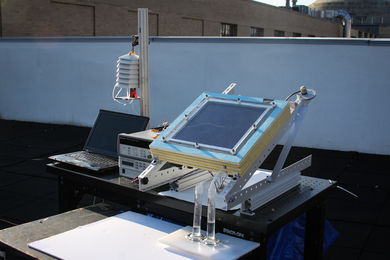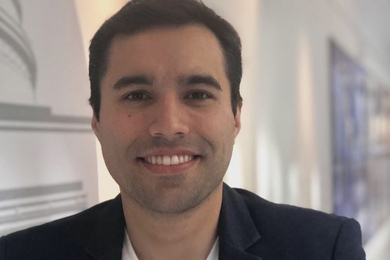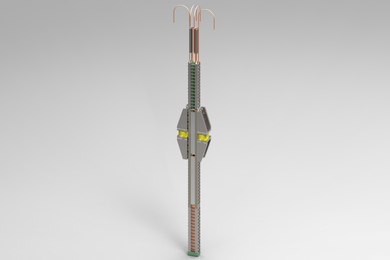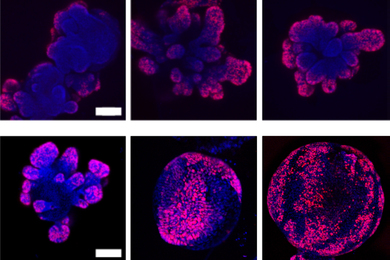Learning by doing, remotely
Despite the disruption caused by the pandemic, MIT students have carved out meaningful hands-on experiences.
More than a meal
MIT Sea Grant facilitates Saving a Community Fishery, Feeding a Population Covid-19 rapid-response project.
A controllable membrane to pull carbon dioxide out of exhaust streams
Electrically switchable system could continuously separate gases without the need for moving parts or wasted space.
Designing off-grid refrigeration technologies for crop storage in Kenya
A team of MIT researchers is using the thermodynamic properties of water evaporation to bring off-grid cold storage of produce to remote, arid regions.
MIT Full STEAM Ahead offers scalable, hands-on remote learning for K-12
Website created in response to Covid-19 yields unexpected insights into what’s possible for reaching learners at a distance.
Fujikura joins MIT.nano Consortium
Optical communication device and electrical equipment manufacturing company to advise, collaborate with MIT researchers.
Machine learning uncovers potential new TB drugs
Computational method for screening drug compounds can help predict which ones will work best against tuberculosis or other diseases.
MIT.nano receives LEED Platinum certification
Commitment to sustainable practices earns top honor from the U.S Green Building Council.
Solar-powered system extracts drinkable water from “dry” air
MIT engineers have made their initial design more practical, efficient, and scalable.
Mentorship program encourages underrepresented graduate applicants in EECS
Program pairs student mentors in electrical engineering and computer science with applicants from underrepresented backgrounds.
MIT Proto Ventures program readies new startups for launch
MIT Innovation Initiative Venture Builder Luis Soenksen accelerates the launch of unique AI and health care startups in record time.
Superconductor technology for smaller, sooner fusion
MIT-Commonwealth Fusion Systems demonstration of new superconducting cable is a key step on the high-field path to compact fusion.
Technique recovers lost single-cell RNA-sequencing information
Boosting the efficiency of single-cell RNA-sequencing helps reveal subtle differences between healthy and dysfunctional cells.
To make mini-organs grow faster, give them a squeeze
Study finds that compressing cells, and crowding their contents, can coax them to grow and divide.
